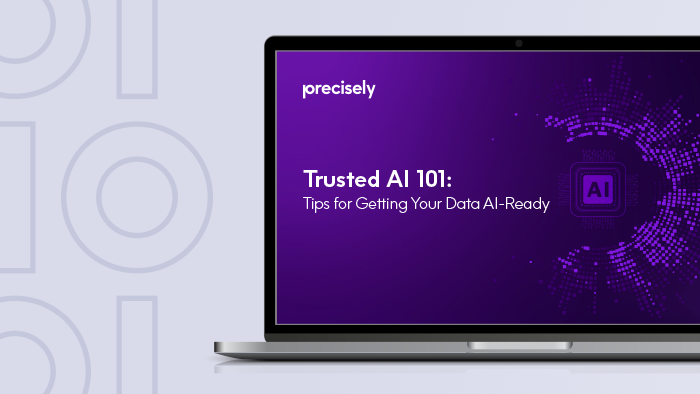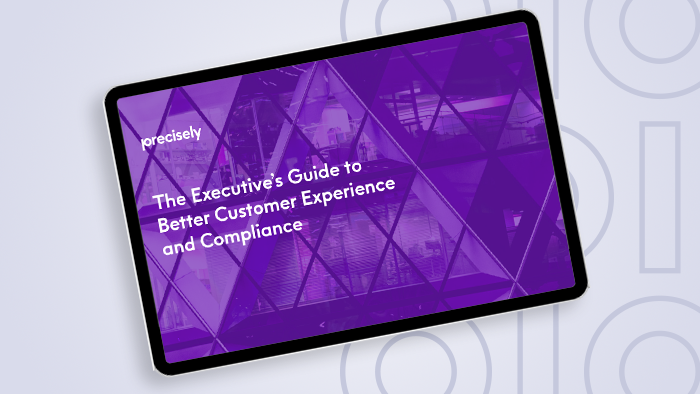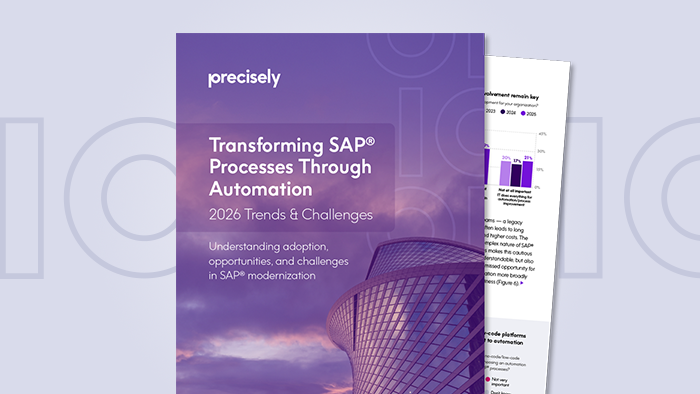Resource center
Browse our library of eBooks, white papers, videos and other helpful resources.
It seems we can’t find what you’re looking for.

Let’s talk
Integrate, improve, govern, and contextualize your data with one powerful solution.




